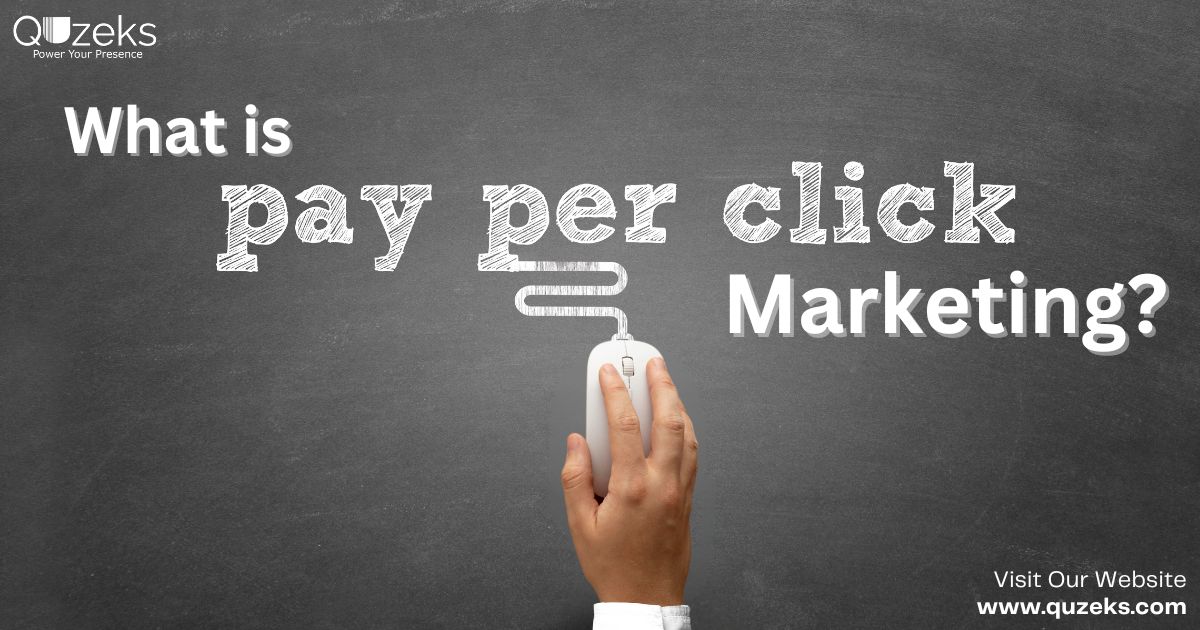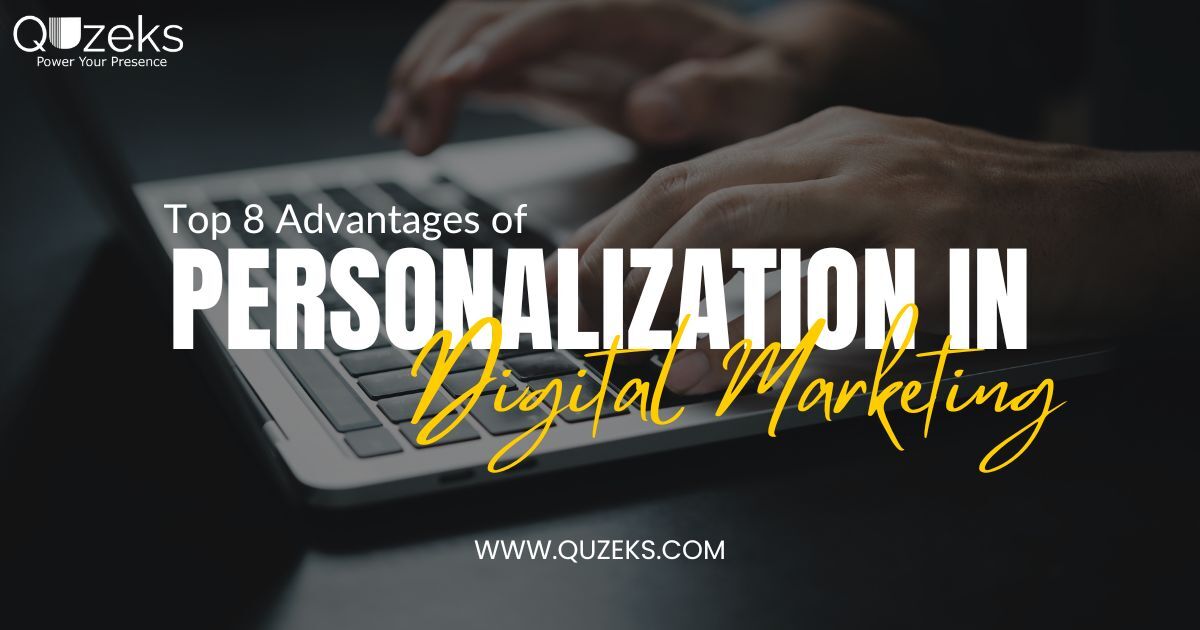- Pay-Per-Click (PPC) marketing is an online advertising model where advertisers pay a fee each time one of their ads is clicked.
- Essentially, it’s a way of buying visits to your site, rather than earning those visits organically.
- PPC is commonly associated with search engine advertising, such as Google Ads, where businesses bid for ad placement in a search engine’s sponsored links when someone searches for a keyword related to their business.
What is PPC Marketing:
- Pay-Per-Click (PPC) marketing is a popular online advertising model where advertisers pay a fee each time someone clicks on their ad.
- Instead of earning traffic organically, businesses use PPC to buy visits to their website, often through search engines like Google, Bing, or social media platforms.
How PPC Works:
PPC advertising works by letting advertisers bid on specific keywords or phrases they want their ads to show up for in search engine results. When a user searches for one of these keywords, the advertiser’s ad appears among the top results. The advertiser pays a fee each time a user clicks on their ad.
Keyword Selection: Advertisers choose specific keywords related to their products or services.
Ad Auction: When users search for these keywords, an auction determines which ads appear in the search results.
Ad Placement: Ads are displayed based on factors like bid amount and ad relevance (Quality Score).
Cost Per Click (CPC): Advertisers only pay when someone clicks on their ad, with costs varying depending on keyword competition.
Benefits of PPC Marketing:
Here are top 5 benefits of PPC marketing:
Immediate Results: Unlike SEO, which can take time to show results, PPC campaigns can generate traffic almost immediately after launch. This is especially useful for new businesses or those launching new products.
Targeted Advertising: PPC allows for precise targeting based on various factors, including location, demographics, and user behavior. This ensures that ads reach the right audience, increasing the likelihood of conversions.
Budget Control: Advertisers have full control over their budget with PPC. You can set daily or monthly spending limits, making it easier to manage costs and optimize your return on investment (ROI).
Measurable ROI: PPC platforms provide detailed analytics and reporting tools. This enables advertisers to track the performance of their campaigns, measure ROI, and make data-driven decisions to improve their strategy.
Brand Visibility: Even if users do not click on your ad, seeing it frequently can increase brand awareness and recognition. This can have long-term benefits for your business, as people will remember your brand when making purchasing decisions.
Types of PPC Ads:
PPC ads come in various formats, each designed to target different aspects of online advertising. Here are the main types of PPC ads you should know about:
Search Ads
These ads appear at the top or bottom of search engine results pages (SERPs) when users search for specific keywords. Directly reaching users with high intent who are actively searching for products or services.
Display Ads
Display ads appear on websites across the internet in the form of banners, images, or text ads. They can be targeted based on user behavior or demographics. Building brand awareness and retargeting users who have previously visited your site.
Shopping Ads
These ads showcase product images, prices, and store names directly in search results, often appearing as a carousel of products. E-commerce businesses looking to promote individual products and drive sales directly from search results.
Video Ads
Video ads appear on platforms like YouTube before or during video content. They can be skippable or non-skippable. Engaging audiences through compelling visual content and enhancing brand storytelling.
Social Media Ads
Ads displayed on social media platforms like Facebook, Instagram, and LinkedIn. They can appear in users’ feeds, stories, or sidebars. Targeting specific demographics, interests, and behaviors to drive engagement and conversions on social media.
Local Ads:
Local ads appear in search results or maps when users search for businesses near their location. Businesses with a physical location looking to attract local customers.
Call-Only Ads:
These ads are designed to encourage users to call your business directly. They appear on mobile devices and feature a clickable phone number. Businesses that rely on phone calls for lead generation or customer service.
Each type of PPC ad has its unique advantages and can be used strategically based on your advertising goals and target audience. By choosing the right type of PPC ad, you can effectively reach your audience and achieve your marketing objectives.
Popular PPC Platforms:
Google Ads: The most widely used platform, offering search ads, display ads, and more.
Bing Ads: Similar to Google Ads but targets a different user base on Bing and Yahoo.
Social Media Ads: Facebook, Instagram, LinkedIn, and Twitter also offer PPC advertising, allowing businesses to reach users based on social media behavior. Quzeks is the best digital marketing agency in india.
Conclusion:
PPC marketing is a powerful tool for businesses looking to quickly drive traffic to their website and generate leads or sales. By carefully selecting keywords, targeting the right audience, and managing budgets effectively, PPC can deliver a strong return on investment. Whether you’re a small business or a large enterprise, PPC offers a flexible and measurable way to reach potential customers online.
References:
PPC involves paying for ad placements on search engines or other platforms, and you only pay when users click on your ad. SEO focuses on optimizing your website to rank organically in search engine results, which doesn’t require payment for clicks.
The most popular PPC platforms include Google Ads, Bing Ads, and social media platforms like Facebook Ads and LinkedIn Ads.
To improve your PPC campaign performance, focus on optimizing your ad copy, targeting relevant keywords, and using negative keywords to exclude irrelevant traffic. Regularly monitor your campaigns, analyze performance data, and adjust your strategy as needed.




